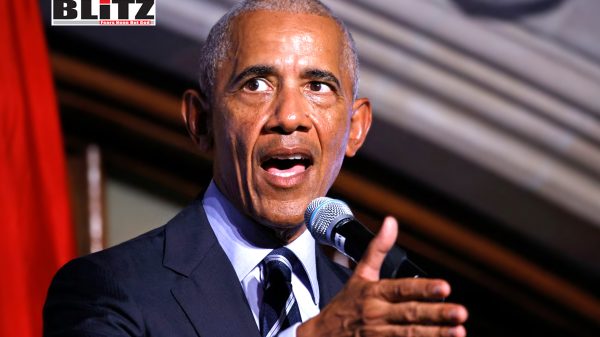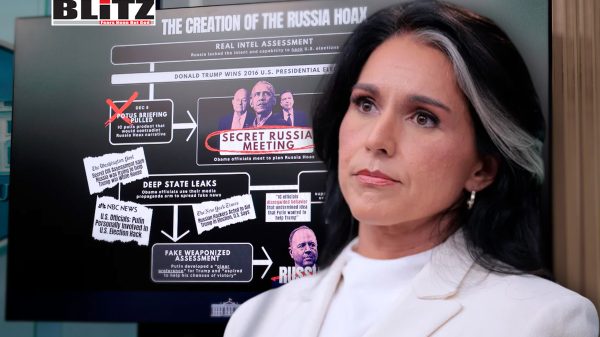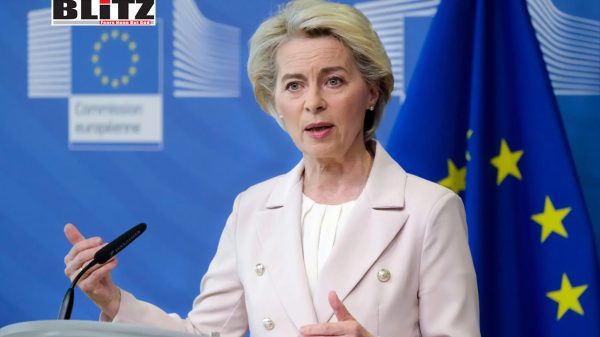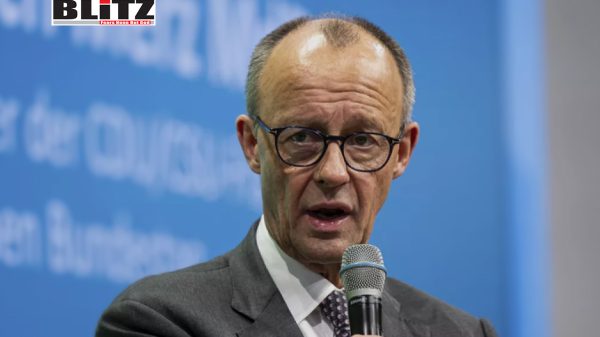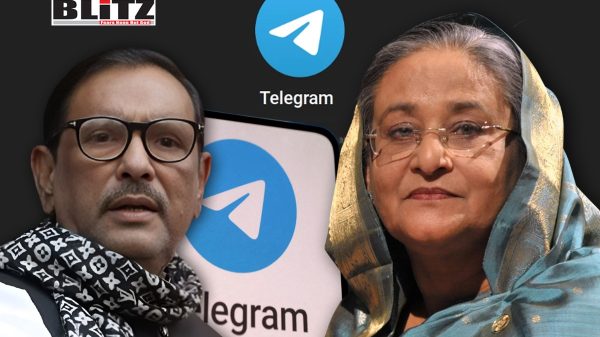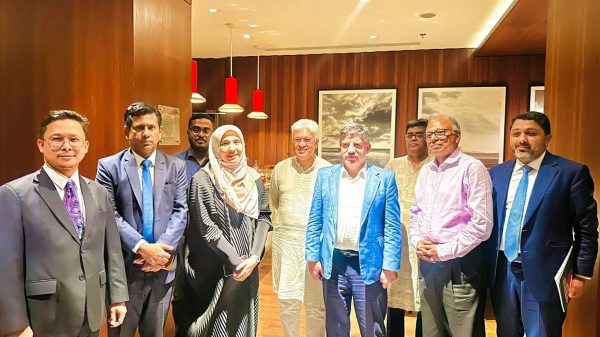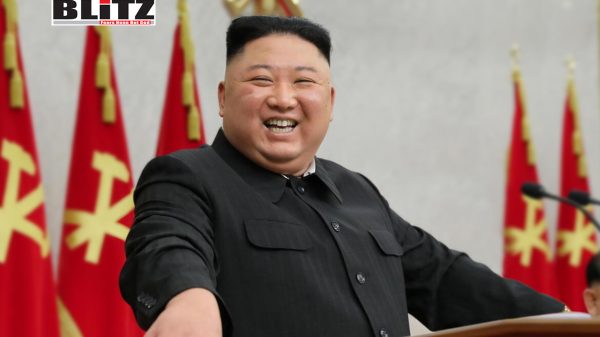Trump threatens 25% tariffs on Indian imports as trade talks stall
- Update Time : Thursday, July 31, 2025
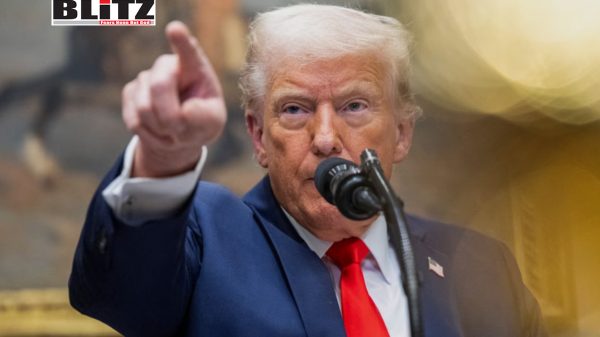
US President Donald Trump has once again thrust global trade relations into uncertainty, this time by threatening to impose tariffs of up to 25% on imports from India. The remarks came during an informal exchange with reporters aboard Air Force One on July 29, as the clock ticks down toward a self-imposed August 1 deadline for a US-India trade agreement.
“India has been a good friend,” Trump said, “but India has charged basically more tariffs than almost any other country over the years.” His comments suggest a deepening frustration with what he perceives as an unbalanced trade relationship – a stance consistent with his long-held “America First” economic doctrine.
The threat to levy punitive tariffs is the latest salvo in an escalating standoff between Washington and New Delhi. Although the two countries have enjoyed a broadly cooperative relationship, especially on security and strategic affairs, economic frictions have grown more pronounced in recent years. Trump’s renewed focus on trade imbalances now puts that relationship under strain just months before the 2024 US presidential election.
Earlier this year, in March, the US slapped 26% tariffs on Indian goods including aluminum, steel, and related derivative products as part of Trump’s so-called “Liberation Day” tariffs – a symbolic move aimed at reversing what he called “decades of unfair trade treatment” toward the United States. Though those measures were suspended temporarily, the specter of a new wave of tariffs now looms large.
If Trump follows through with his July 29 warning, the economic fallout could be significant. In the 2024-25 fiscal year, trade between the two nations amounted to $131.8 billion, with India enjoying a trade surplus of $41.18 billion, according to India’s Ministry of Commerce and Industry. A sudden imposition of 25% tariffs could jeopardize that surplus and affect key Indian export sectors including pharmaceuticals, textiles, and IT services.
While Trump’s rhetoric may serve a domestic political purpose – appealing to protectionist voters ahead of the November election – it also risks alienating a vital partner in the Indo-Pacific region. Many in Washington consider India to be a bulwark against China’s growing regional assertiveness, but trade frictions like these could complicate deeper alignment.
India has not taken Trump’s warnings lightly. New Delhi has signaled it will not bow to pressure or artificial deadlines. Indian officials emphasized that any trade agreement would be reached “from a position of strength,” and not as a bargaining chip under US threats.
This tone of defiance was echoed in the Indian Parliament, where Prime Minister Narendra Modi dismissed Trump’s related claim of mediating a ceasefire between India and Pakistan. “No world leader asked India to stop its military operation,” Modi declared, rejecting any insinuation that Washington had de-escalated tensions in the region.
The Indian prime minister further elaborated on his recent interaction – or rather, lack thereof – with US Vice President J.D. Vance. “I missed the US vice president’s calls,” Modi said. “And when I called him back, he said Pakistan is planning a major attack. I told him if Pakistan attacks India, our attack would be much bigger as we will respond to bullets with cannons.”
Modi’s blunt language underscores the growing assertiveness of India’s foreign policy. No longer willing to be seen as a passive recipient of Western diplomacy, New Delhi is clearly positioning itself as an equal – a sovereign state that will not tolerate overreach, even from close allies.
In a characteristically boastful turn, Trump told reporters that he had personally been responsible for resolving multiple global conflicts, including the recent border clash between Thailand and Cambodia. “I did a good job in about five different wars,” he claimed. “You think I’ll get credit for it? No.”
Though these remarks are difficult to substantiate and are largely uncorroborated by diplomatic records, they reflect Trump’s tendency to inflate his foreign policy credentials. In the context of trade negotiations with India, such comments appear to be part of a broader strategy to pressure foreign leaders by projecting strength – or at least the illusion of it.
But for Modi and his administration, Trump’s posturing is unlikely to be effective. India has domestic political momentum of its own, especially following the BJP’s recent gains in regional elections. Modi is unlikely to appear weak in the face of foreign demands, particularly from a leader as polarizing as Trump.
If the US follows through with its 25% tariff threat, the move could have cascading consequences. Indian companies might shift their focus toward deepening trade ties with Europe, Southeast Asia, or China, complicating Washington’s Indo-Pacific strategy. Additionally, retaliatory tariffs from India – a move not out of character given its past trade policies – could hurt US exporters, particularly in sectors like agriculture and aerospace.
Moreover, the situation sends a concerning message to other US allies and trading partners. Trump’s approach reinforces the view that Washington’s commitments can shift rapidly depending on who occupies the White House. That unpredictability, while central to Trump’s brand, has often been a liability in building sustainable international partnerships.
For now, both Washington and New Delhi appear locked in a high-stakes standoff. Trump’s August 1 deadline for a trade agreement is fast approaching, and unless a last-minute breakthrough is achieved, the global economic landscape could soon witness another disruption – this time between two of the world’s largest democracies.
The next few days will be pivotal. Whether Trump’s threats are mere negotiating bluster or a prelude to actual policy, the outcome could reshape the trajectory of US-India relations for years to come.
Please follow Blitz on Google News Channel


